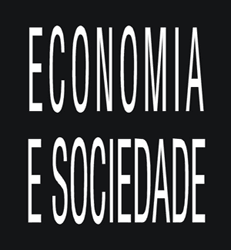The objective of this research is to investigate asymmetries, nonlinearities and regime changes in the Brazilian inflation rate in a long time span. The process is modeled employing a threshold time series model in order to take into account these parameters. The study was divided in two distinct stages. On the first stage, the Brazilian dataset was tested for several types of nonlinearities applying general and specific tests, e.g., quadratic and threshold behavior. On the second one, the Self-Exciting Threshold Autoregressive (SETAR) model was applied to indicate the threshold to which a signal of turning point could be provided in the states of the inflationary process. All the tests suggest that the Brazilian inflation rate is highly nonlinear and cannot be modeled as a linear and time reversible process. The results support the hypothesis that there are two distinct regimes with different generating processes and different volatilities and persistence. For instance, a lower inflation rate regime is more persistent with lower volatility.
Inflation; Threshold model; Brazil


















